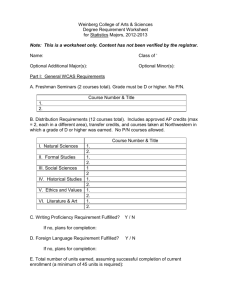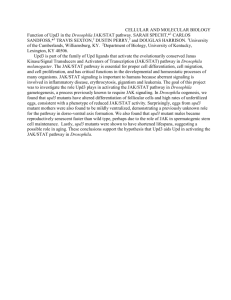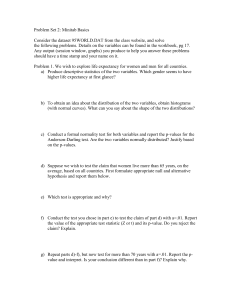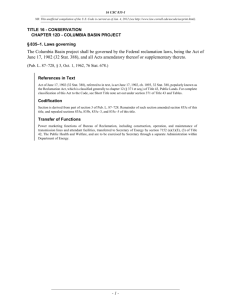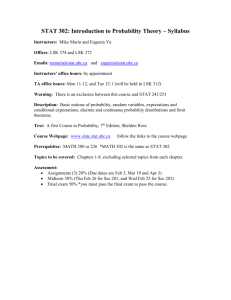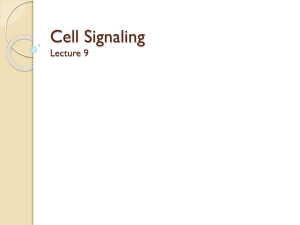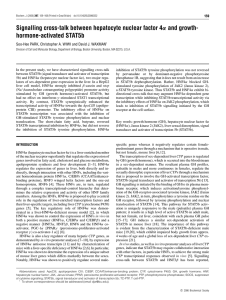The JAK/STAT Signaling Pathway - Sigma
advertisement
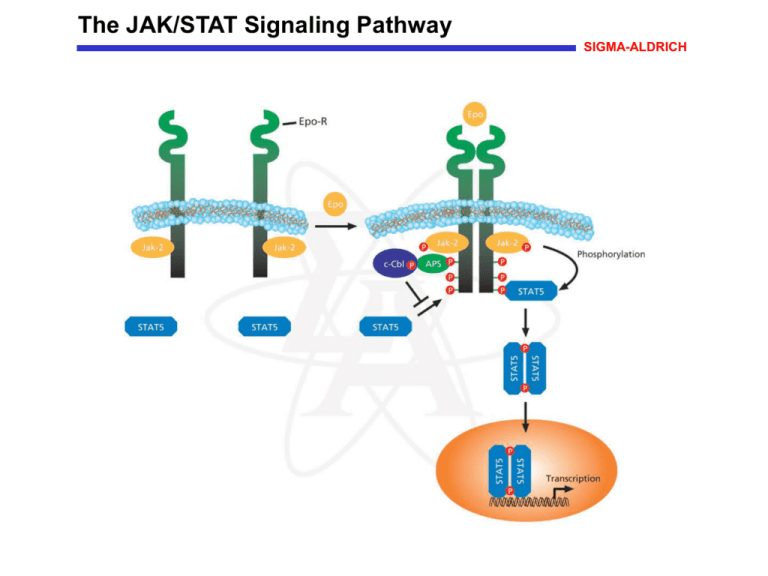
The JAK/STAT Signaling Pathway SIGMA-ALDRICH The JAK/STAT Signaling Pathway A wide variety of extracellular signals activate the STAT (signal transducers and activators of transcription) class of transcription factors. Many cytokines, lymphokines, and growth factors signal through a related superfamily of cell surface receptor tyrosine kinases that are associated with and activate Janus kinases (JAKs). Ligand-induced dimerization of the receptor induces the reciprocal tyrosine phosphorylation of the associated JAKs, which, in turn, phosphorylates tyrosine residues on the cytoplasmic tail of the receptor. These phosphorylated tyrosines serve as docking sites for the Src Homology-2 (SH-2) domain of the STAT protein, and JAK catalyzes the tyrosine phosphorylation of the receptor-bound STAT. Phosphorylation of STAT at a conserved tyrosine residue induces SH-2-mediated homo- or heterodimerization, followed by translocation of the STAT dimer to the nucleus. STAT dimers bind to specific DNA response elements in the promoter region of target genes to activate gene expression. APS (adaptor molecule containing pleckstrin homology and SH2 domains) can inhibit the JAK- STAT pathway by binding to the cytoplasmic domain of the receptor where it is phosphorylated (activated) by JAK. Activated APS binds to c-Cbl and blocks STAT activation. References Wakioka, T., et al., APS, an adaptor protein containing Pleckstrin homology (PH) and Src homology-2 (SH2) domains inhibits the JAK-STAT pathway in collaboration with c-Cbl. Leukemia, 13, 760-767 (1999). Schindler, C., Cytokines and JAK-STAT signaling. Exp. Cell Res., 253, 7-14 (1999).

